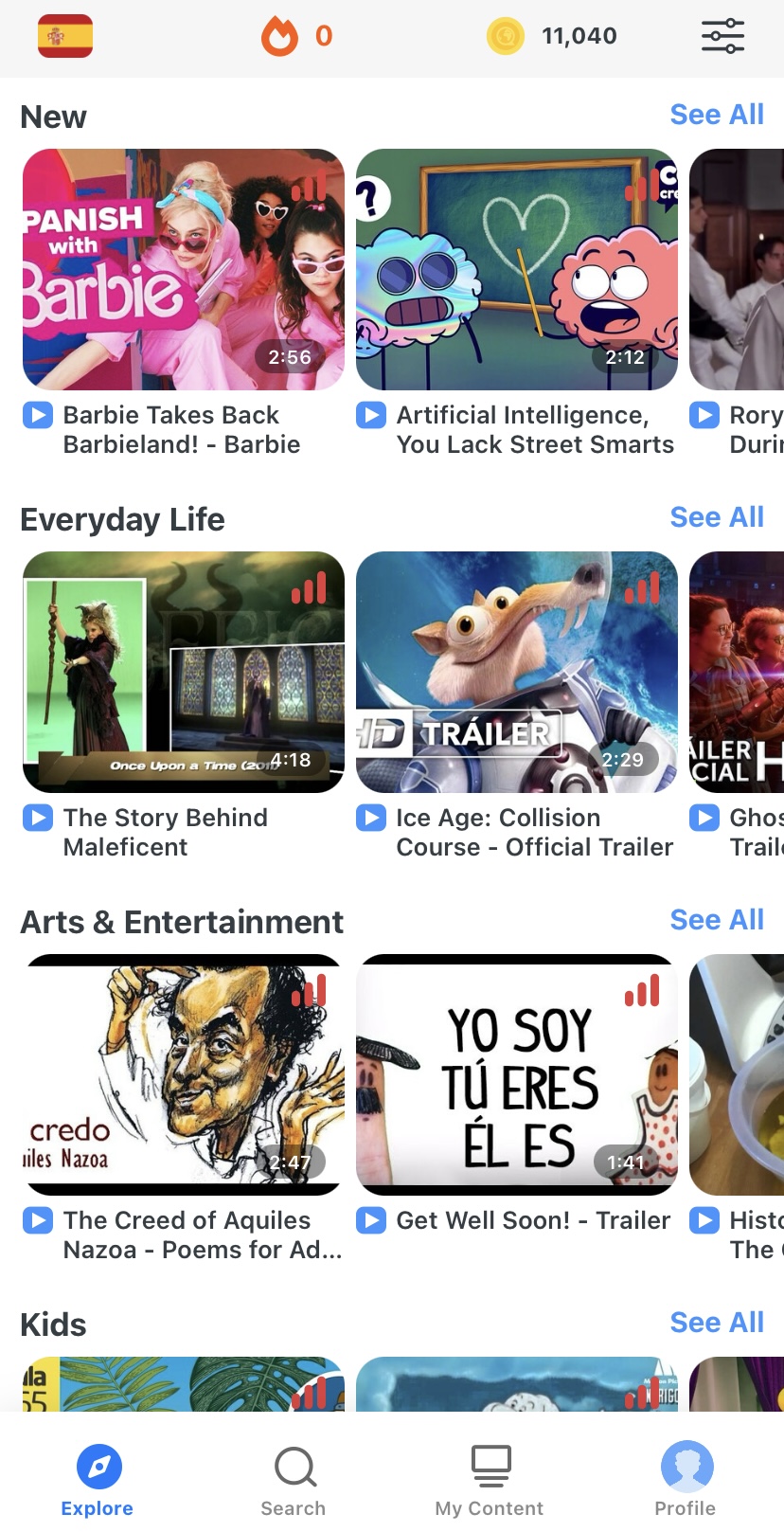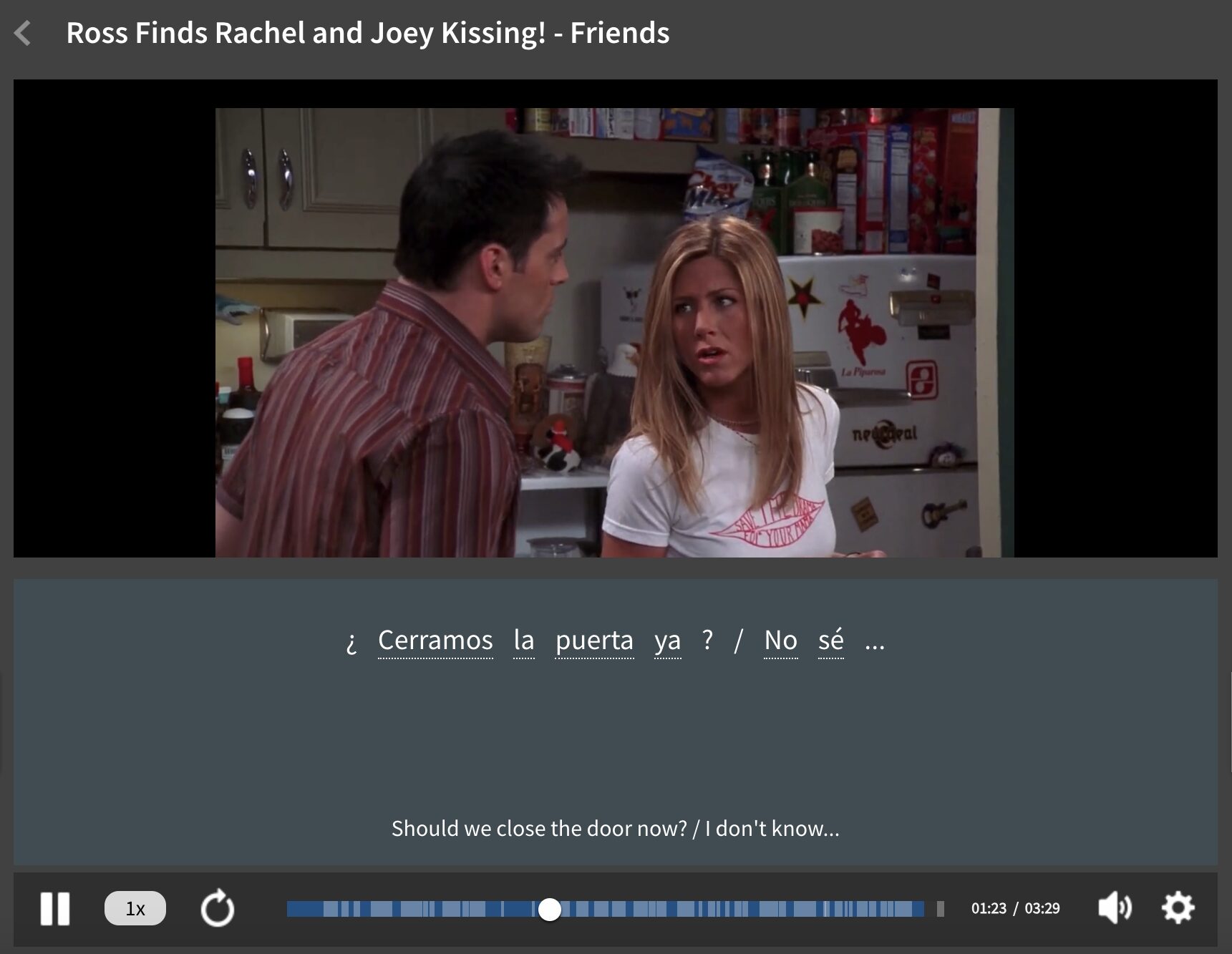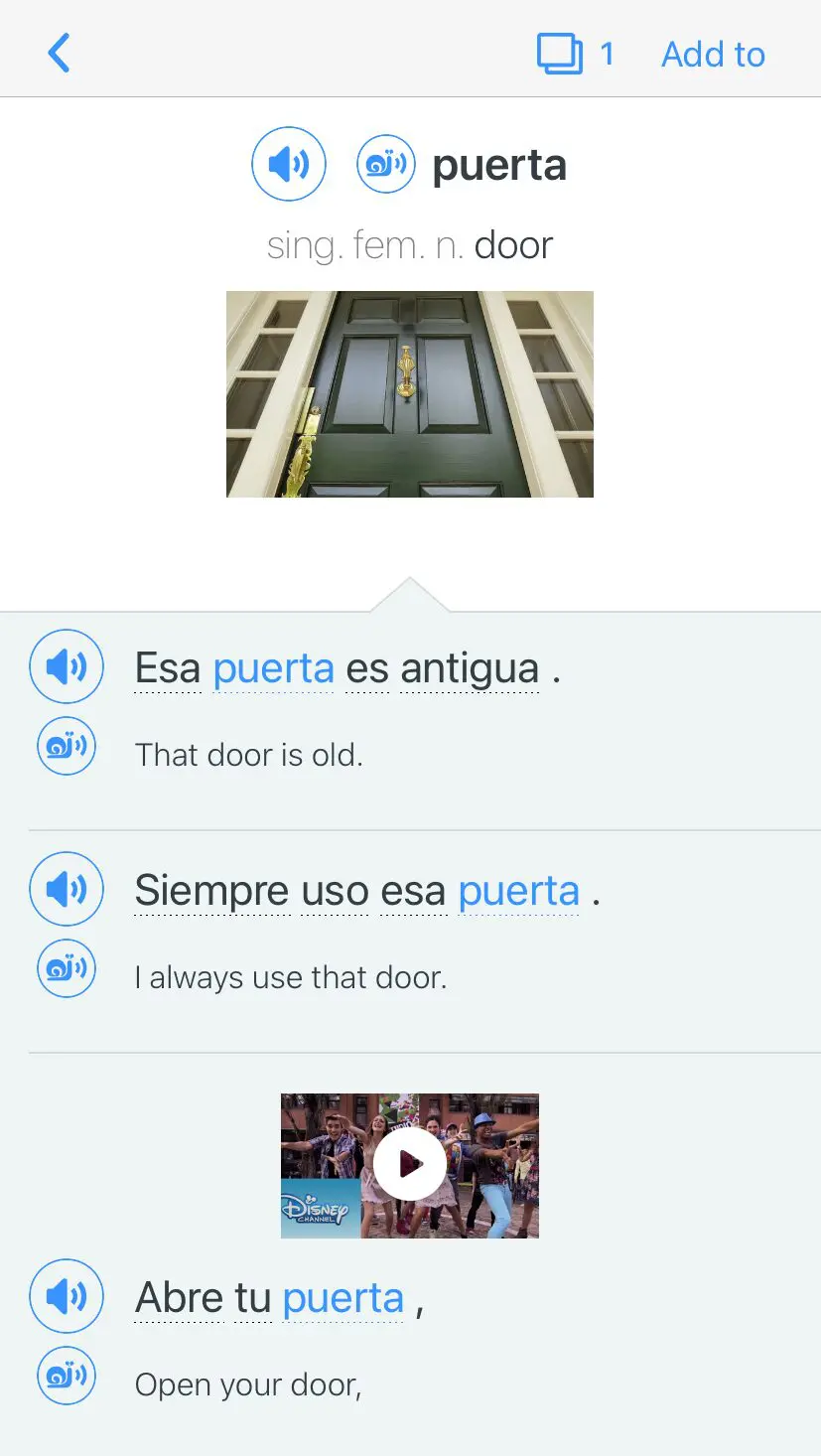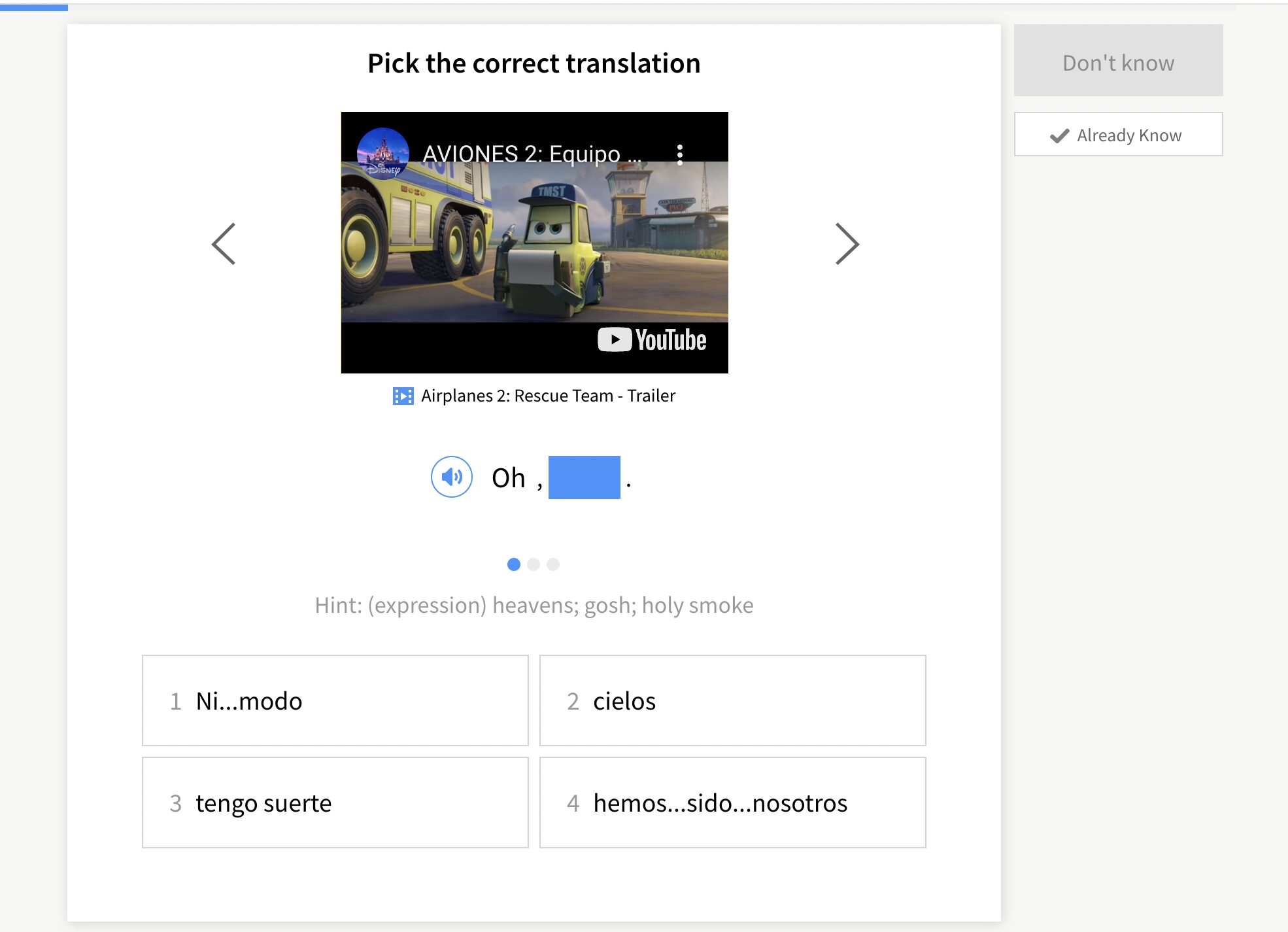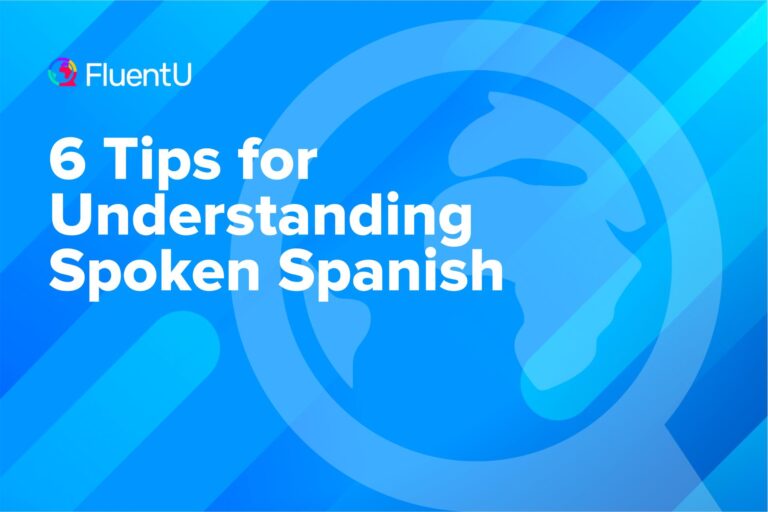How to Learn Spanish for Heritage Speakers
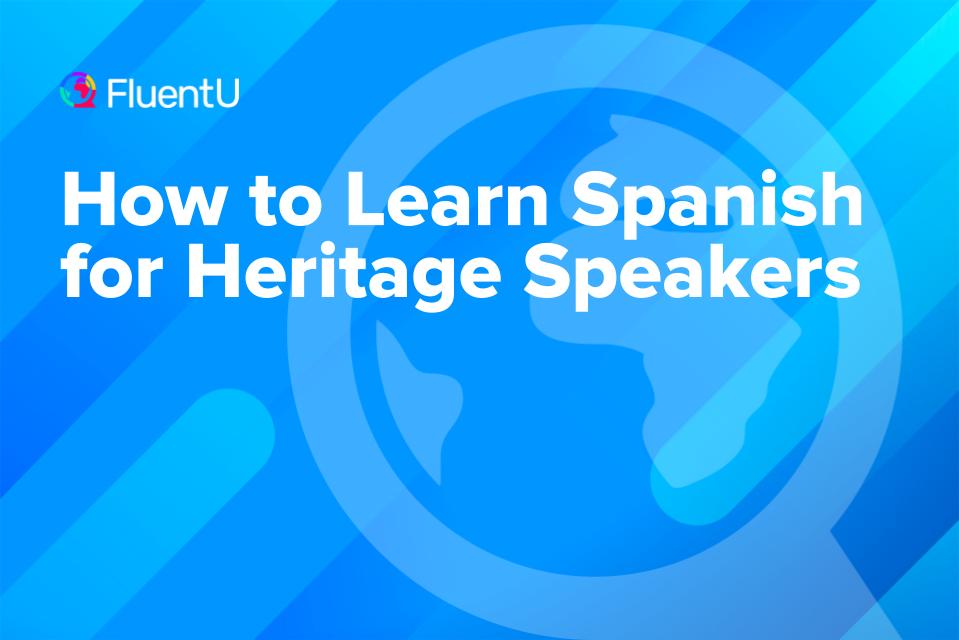
Are you a heritage speaker who naturally became bilingual by speaking Spanish en casa (at home) and English en la escuela (at school)?
Naturally speaking two languages is fabulous but it also presents its own issues when heritage speakers formally attempt to learn a language they already technically know.
Luckily, I’ve got some tips that are great for helping intermediate and advanced Spanish speakers gain greater proficiency and confidence, as well as some excellent resources for you to use.
Download: This blog post is available as a convenient and portable PDF that you can take anywhere. Click here to get a copy. (Download)
Why Should You Learn Spanish as a Heritage Speaker?
Most people expect a Spanish-speaking student (SSS) to not need to study Spanish. But that’s a bit silly, isn’t it? Because English speakers study English, don’t they?
You’re probably thinking, “Sure, English speakers do take English classes, but that’s different—English is the most common language where I live. Why should I “officially” learn Spanish if I already speak it?”
Spanish is spoken by over 480 million native speakers and is the official language in more than 20 countries. In the U.S., Spanish is the most widely spoken language after English, with a Hispanic population of over 60 million.
Because of these population trends, there are lots of Spanish heritage speakers. You may be one of them, or you may know someone who is. If you do, you’re in good company. There are a lot of us in that same boat.
There are many reasons for heritage speakers to study Spanish:
- You may need the coursework as part of a degree program you’re enrolled in. If that’s the case, try enrolling in AP classes so you don’t have to sit through the real basic things you mastered when you were a niño (boy) or niña (girl)—like learning the alphabet.
- Maybe you require certification showing that you have an academic proficiency in the language. Some companies and universities require employees or students to have or earn Spanish language certificates. Unfortunately, even though you may have learned excellent Spanish from your abuela, she probably doesn’t have the bureaucratic chops to issue an official document attesting to that. If you’re in that situation, you may want to check out places that offer those specific programs and certifications.
- Other heritage speakers want to study Spanish for more low-key reasons. It can be as basic as wanting to speak the language without slang, dialect or sloppy grammar.
Whatever the reason, learning to speak “correctly” can often lead to better employment possibilities, improved education and new cultural opportunities.
4 Tips for Heritage Speakers Learning Spanish
Realize that formal study isn’t the same as learning at home.
When you learn Spanish at home, there are no grammar rules, syntax conventions or verb tenses to study. Even better, there are usually no pop quizzes on vocabulary or the pluscuamperfecto—unless you really get on abuela’s nerves!
Even if the environment at home is bilingual, it’s immersive, and that’s very different from the environment in a language class. As with many things in life, that comes with advantages and disadvantages.
Don’t focus too much on comparing one type of study to the other. They are manzanas y naranjas (apples and oranges).
Sure, apples and oranges are actually fairly similar (they’re both small, round fruits that grow on trees) but there’s no point in obsessing about the differences. Instead, focus on the positive aspects of each—that goes for fruits and learning methods!
For example, home immersion allows language development to evolve naturally. On the other hand, classes involve structure and concepts that build upon each other over time.
There are four core skills involved in language learning: listening, speaking, reading and writing. They’re the same for any language, including your native tongue. And the good news is, you’ve already got some immersion-acquired skills that you can use as your foundation for this next step in the learning process.
It’s all about mindset at this stage. With your goal in mind, resolve to put as much effort as possible into achieving it. Sustained effort toward anything almost always yields positive results, and that’s true for heritage speakers studying Spanish.
Evaluate your learning options.
Introductory Spanish isn’t going to do it for you. “Relearning” Buenos días (good morning), Hasta mañana (see you tomorrow) and other frases básicas (basic phrases) will be dismally boring to someone who already speaks the language.
Here are some other things you can do instead.
- Go for at least an intermediate course. If your syntax and grammar skills are solid, go for advanced lessons. Many are offered online. AP classes, as opposed to purely conversational classes, let you work on more complex points of the language. Remember that academic courses taught in Spanish aren’t generally presented in the informal conversational Spanish spoken at home.
- Another option is to learn a specific skill in Spanish, for example, hablar en público (public speaking). Classes that are in Spanish but about learning various skills provide both useful training and language skills. For example, there’s an extensive list of cooking-related courses in California.
- Many cities and universities in the United States offer courses for heritage speakers. A quick Google search will provide a list and you can search for those in your area. Just search for “Spanish courses for heritage speakers” and add your city or region.
- Look into places in your neighborhood where events or classes in Spanish are held. Possible options could be public libraries or community centers. Just do a search based on your interests and location, and you may be surprised by what you find!
Assemble your learning tools and resources.
I’m an advocate of having the right tools for the job, and this definitely applies to language learning. Here are some options that you can try.
- Dictionary: One of the biggest—and most basic—tools is a dictionary. It can definitely be an app on your phone instead of a physical book. It just makes sense to be able to search for vocabulary or look up a phrase you don’t understand.
- Courses: If you’re taking an online course, download the course material. For example, Carleton University offers a course specifically tailored to heritage speakers—and it’s totally online.
- Textbooks: There are also textbooks and other reference or study books written specifically to help heritage speakers.
- Language journal: A journal is another valuable language-learning tool. Focus on jotting down unfamiliar conjugations and complex sentence structures. Also, take notes on the “why” of how phrases work. Spanish sentence construction is distinctive and just because something works, doesn’t mean you’ll automatically understand why it works. This is the time to grasp those concepts, and writing often makes ideas stick.
- Apps: Put grammar apps on your phone for take-along practice opportunities, like Learn Spanish Grammar, or verb conjugation apps, such as ConjuGato. There are quite a few apps for learning Spanish out there.
- Language learning programs: There are also other great online programs that can help walk you through the language learning process, while also keeping it fun. FluentU, for example, centers around using a library of Spanish video clips to create personalized language lessons.
FluentU takes authentic videos—like music videos, movie trailers, news and inspiring talks—and turns them into personalized language learning lessons.
You can try FluentU for free for 2 weeks. Check out the website or download the iOS app or Android app.
Click here to take advantage of our current sale! (Expires at the end of this month.)

- Spanish content and media. Since you’re already somewhat exposed to the language, consuming as much Spanish media as possible is one of the best ways to start progressing faster. Of course, keep your level in mind—you probably won’t be ready to start watching true crime in Spanish immediately. But find a few Spanish-speaking YouTubers you like, watch a Spanish movie on a Friday night, listen to a podcast…and the like. I personally like to watch my favorite English shows dubbed in Spanish. Since I’m already familiar with the content, they’re easier for me to understand. For example, here’s a video of a SpongeBob episode dubbed in Spanish, with teacher explanations of vocabulary and grammar:
Fill in the gaps in your knowledge.
There are four components of language: phonology (the study of sounds), semantics (the study of meaning), pragmatics (the study of word usage) and syntax (the study of language structure—connecting words and phrases to build grammatically correct sentences).
Heritage speakers already have the first three aspects of language on board, so you should focus mainly on the syntax aspect. Put your energies into understanding sentence structure and grammar rules.
I know this can be intimidating but it’s necessary. Grammar rules can be explained in detail, so after a while, you should be able to understand why words work the way you know they do.
For an extra boost, check out resources aimed at native or advanced Spanish speakers, such as advanced Spanish podcasts, to tie it all together. Try especially to notice how the hosts talk and try to find examples of new grammatical structures that you’ve perfected.
The Foreign Service Institute (FSI) has published information on how long it usually takes English speakers to learn different foreign languages. Spanish is in the first category, meaning that it’s usually one of the “easiest” languages to learn, at least from the perspective of an English speaker.
Although it doesn’t specifically deal with heritage speakers, it’s a fairly safe assumption that it will take you considerably less time to acquire some missing Spanish skills as opposed to learning a whole new language.
Heritage Spanish speakers bring some unique challenges to the learning table, but they also bring knowledge that those tackling Spanish for the first time don’t have.
Start with what you know, then learn what you don’t—and finally, blend the two. The result will be increased proficiency and added confidence that the Spanish you’re speaking is the best it can be.
If you’re a heritage learner, you’ve already got a cultural commitment to Spanish, so do the work and show ‘em how it’s done! I did, and you can, too!
¡Buena suerte! (Good luck!)
Download: This blog post is available as a convenient and portable PDF that you can take anywhere. Click here to get a copy. (Download)
And One More Thing…
If you’re like me and prefer learning Spanish on your own time, from the comfort of your smart device, I’ve got something you’ll love.
With FluentU’s Chrome Extension, you can turn any YouTube or Netflix video with subtitles into an interactive language lesson. That means you can learn from real-world content, just as native speakers actually use it.
You can even import your favorite YouTube videos into your FluentU account. If you’re not sure where to start, check out our curated library of videos that are handpicked for beginners and intermediate learners, as you can see here:
FluentU brings native Spanish videos within reach. With interactive captions, you can tap on any word to see an image, definition, pronunciation, and useful examples.
You can even see other videos where the word is used in a different context. For example, if I tap on the word "puerta," this is what pops up:
Want to make sure you really remember what you've learned? We’ve got you covered. Practice and reinforce the vocab from each video with learn mode. Swipe to see more examples of the word you’re learning, and play mini-games with our dynamic flashcards.
The best part? FluentU tracks everything you’re learning and uses that to create a personalized experience just for you. You’ll get extra practice with tricky words and even be reminded when it’s time to review—so nothing slips through the cracks.
Start using the FluentU website on your computer or tablet or, better yet, download our app from the App Store or Google Play.
Click here to take advantage of our current sale! (Expires at the end of this month.)

